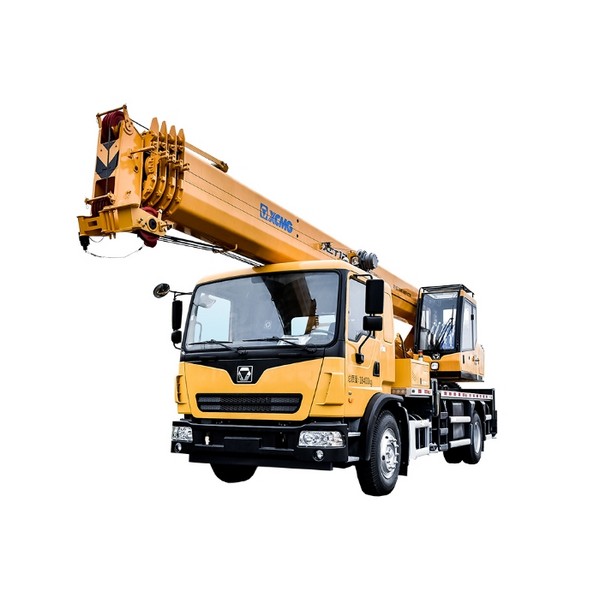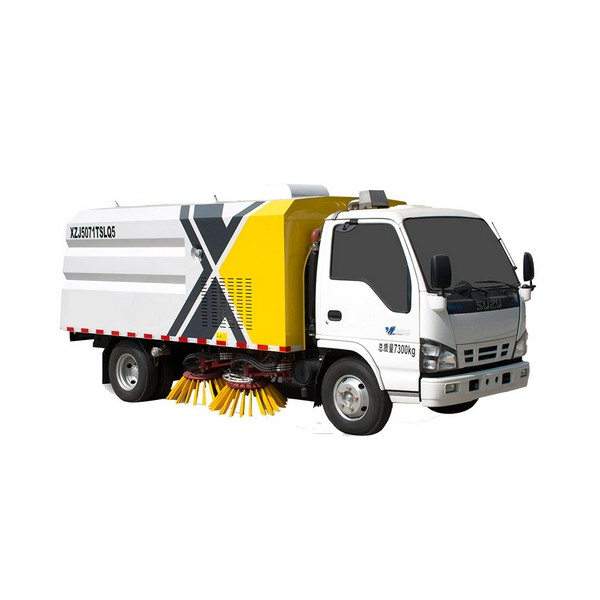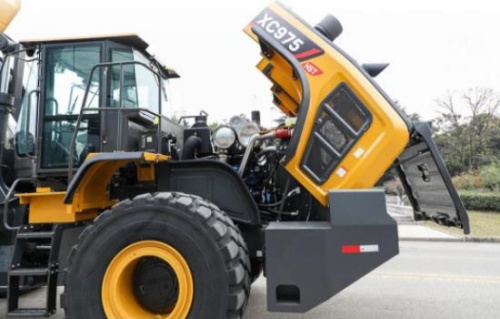What is a crane?

A crane is a kind of machine equipment that lifts, lowers, or lifts and transports heavy objects by means of lifting hooks or other spreaders in an intermittent and repetitive manner. Crane is a kind of intermittent action handling equipment that is mainly used for vertical transportation and doubles as short-distance horizontal transportation. Its working characteristics are periodic. A complete working cycle generally includes fetching, lifting, translation, lowering, unloading, and then returning to the original place until the next fetching starts, that is, it is completed by repeated working cycles. Lifting, transferring, turning, and hoisting equipment for various operations. Frequent starting, braking, forward and reverse movements are the essential characteristics of crane movements.
Cranes are indispensable equipment for modern industrial production. They are widely used in factories, ports, construction sites, mines, railways, hotels, residential buildings, and other places to complete various constructions such as lifting, transportation, loading and unloading, installation, and personnel transportation. It can greatly reduce the intensity of physical labor, improve labor productivity, and improve people’s quality of life. Some cranes can also perform some special process operations in production, making the production process easier to mechanize and automate.
Cranes are indispensable equipment for modern industrial production. They are widely used in factories, ports, construction sites, mines, railways, hotels, residential buildings, and other places to complete various constructions such as lifting, transportation, loading and unloading, installation, and personnel transportation. It can greatly reduce the intensity of physical labor, improve labor productivity, and improve people’s quality of life. Some cranes can also perform some special process operations in production, making the production process easier to mechanize and automate.
The working characteristics of the crane
- The crane usually has a huge bearing metal structure and a relatively complex mechanism, which can complete one lifting motion and one or several horizontal motions. For example, bridge cranes can complete three movements of hoisting, trolley operation, and trolley operation; tower cranes can complete four movements of hoisting, luffing, slewing, and trolley operation. During the operation, several movements in different directions are often operated at the same time, which is technically difficult.
- There are various kinds of heavy objects to be hoisted, and the load varies. Some heavy objects weigh hundreds of tons or even thousands of tons, some objects are tens of meters long, and their shape is very irregular. There are also scattered particles, hot melted states, flammable and explosive dangerous goods, etc., which make the lifting process complicated. And dangerous.
- Most cranes need to operate in a large range, and some need to install tracks and wheels (such as tower cranes, bridge cranes, etc.), and some need to install tires or crawlers to walk on the ground (such as truck cranes). , crawler cranes, etc.), and some need to run on wire ropes (such as overhead ropeways, cable cranes, etc.), the activity space is large, and once an accident occurs, the affected area is also large.
- Some cranes need to directly carry personnel to do lifting movements on guide rails, platforms, or wire ropes (such as elevators, lifting platforms, etc.), and their reliability directly affects personal safety.
- There are many exposed and movable parts, and they are often in direct contact with lifting operators (such as hooks, wire ropes, etc.), and there are many potential risk factors.
- The working environment is complicated. From construction sites to large iron and steel complexes, to modern ports, railway hubs, and tourist resorts, cranes are in operation; workplaces often encounter dangerous factors such as high temperature, high pressure, flammable and explosive, transmission lines, and strong magnetism. Threats to equipment and workers.
- Many people are often required to cooperate and work together to complete a job. Therefore, operators such as commanding, bundling, and driving are required to cooperate with each other, coordinate their movements, and take care of each other. The operators should have the ability to deal with on-site emergencies. The close cooperation between multiple operators is difficult.
The existence of many of the above risk factors often leads to more serious injury accidents. According to relevant statistics, the number of work-related fatalities in China’s annual serious injury accidents accounts for about 15% of the total work-related fatalities in all industrial enterprises. In order to ensure the safe operation of cranes, China lists it as special equipment for special management, and many enterprises regard the management of lifting equipment as one of the important links in safe production.
The safety management, product quality, and work quality of the crane’s manufacturing, installation, use, maintenance, and inspection all affect the safety of the crane and the life of the crane. Therefore, the requirements for lifting equipment and operators are relatively strict.







Highly energetic article, I liked that a lot.
Will there be a part 2?
Interessant etwas über die Bedienung und das Arbeitsumfeld zu erfahren. Ich brauche einen Kran für den Umbau und das scheint nicht so einfach zu sein. Es gibt aber ein Unternehmen, die Kranarbeiten anbieten.
Mein Bruder findet Kräne toll. Mir war gar nicht bewusst, wie komplex der Arbeitszyklus eines Krans ist, von holen, heben, setzen und senken etc. Ich werde meinem Bruder den Artikel mal weiterleiten, auch wenn er im Transport mit Kippern arbeitet. Große Fahrzeuge sind echt sein Ding.
Vielen Dank für den Beitrag, in dem erläutert wird, was unter einem Kran zu verstehen ist. Mein Sohn muss für die Schule ein Referat zu Kranen halten und dabei insbesondere auf den Autokran eingehen. Die strukturierte Illustration der Arbeitseigenschaften eines Krans wird ihm mit Sicherheit behilflich sein.
Mein Sohn arbeitet derzeit an einem Schulprojekt zu Kranen. Hierbei möchte ich ihn unterstützen. Gut zu wissen, dass die Arbeitszeiten eines Krans periodisch sind und ein vollständiger Arbeitszyklus vorliegt. Dies macht es nachvollziehbar, warum Krane für die moderne industrielle Produktion unverzichtbar sind.
Mein Nachbar ist derzeit auf der Suche nach LKW-Kranarbeiten. Da ich mich nicht wirklich auf diesem Gebiet auskenne, ist es gut zu erfahren, was eigentlich genau ein Kran ist. Ich fühle mich auf jeden Fall schon viel informierter.